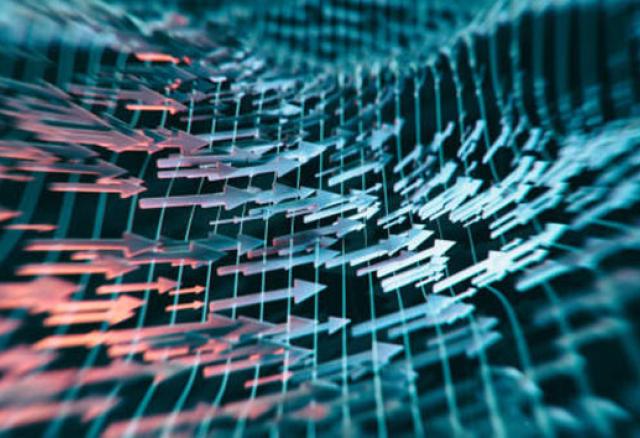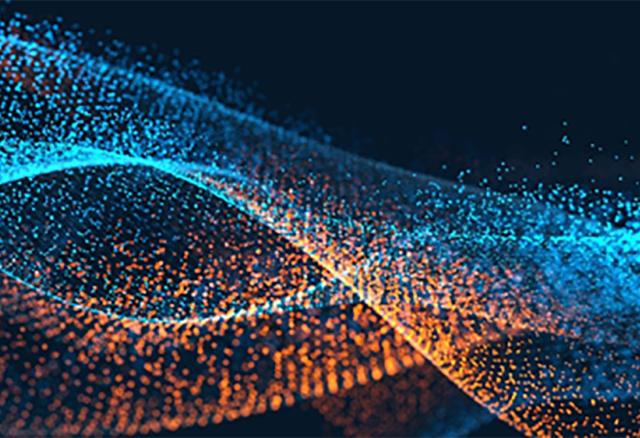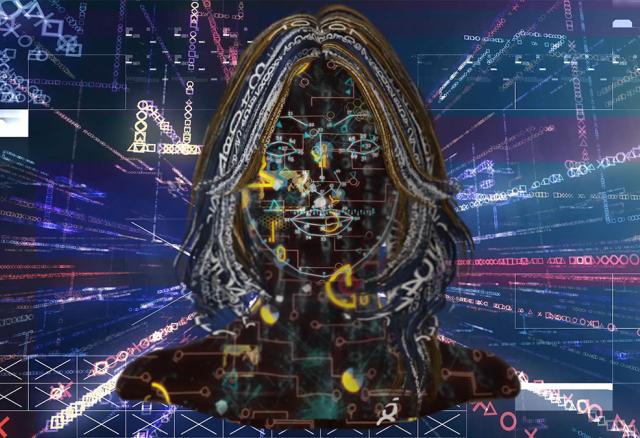Underwater Image Enhancement via a Fast yet Effective Traditional Method
Addressing underwater image challenges, our method MLLE enhances color, contrast, and details efficiently. Outperforming competitors, it processes 1024×1024×3 images in under 1s on a single CPU. Experiments show improved underwater image segmentation, keypoint detection, and saliency detection.





